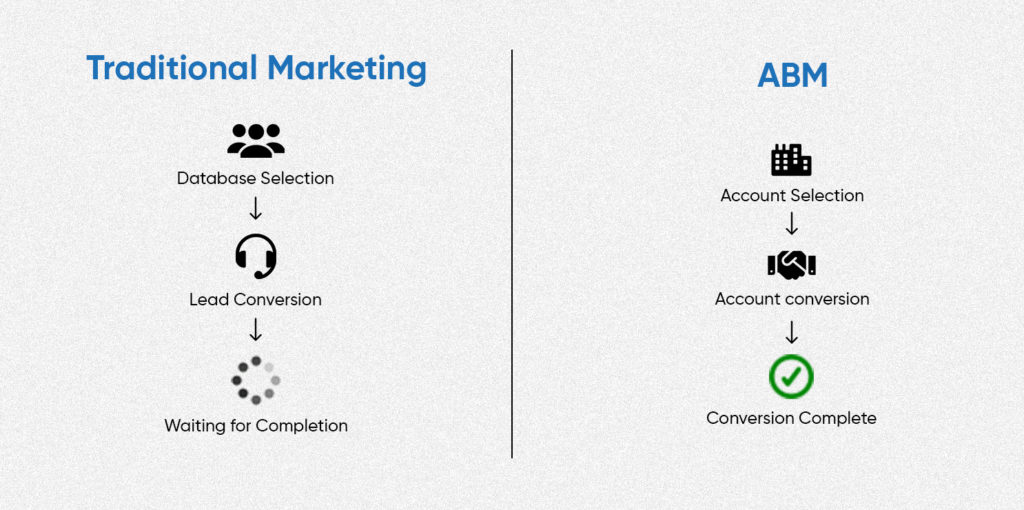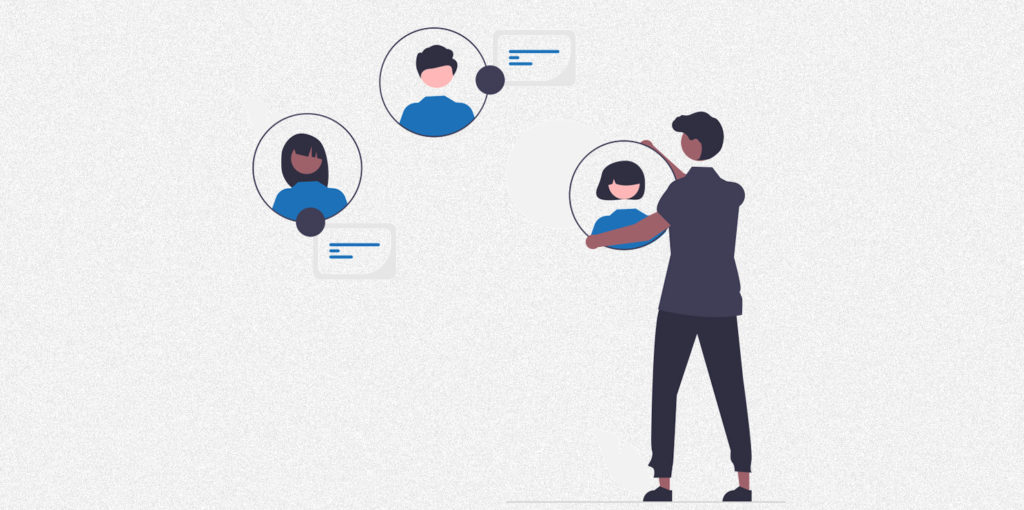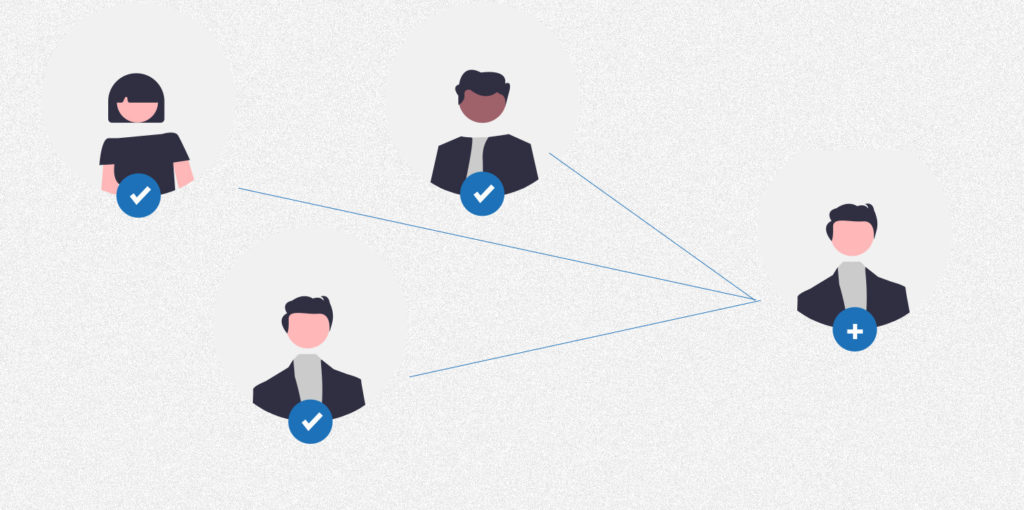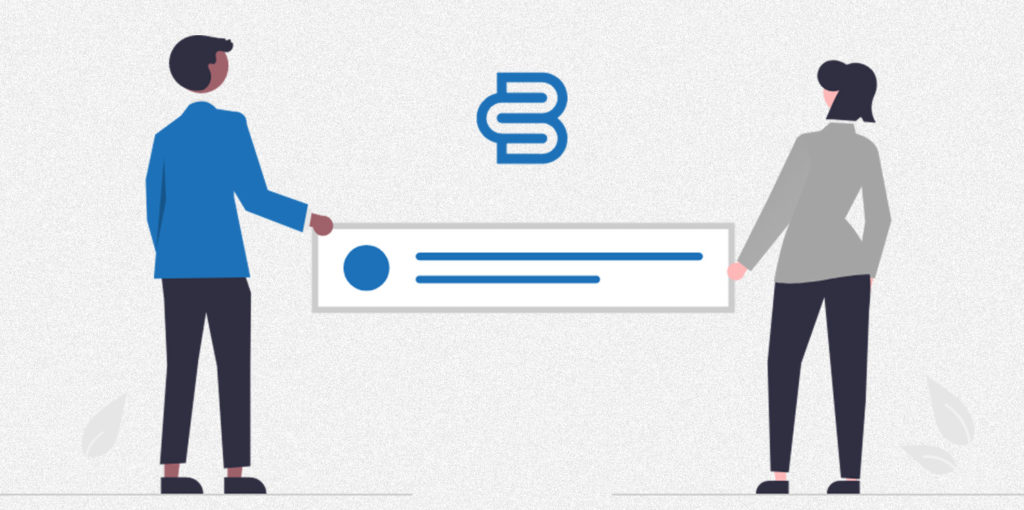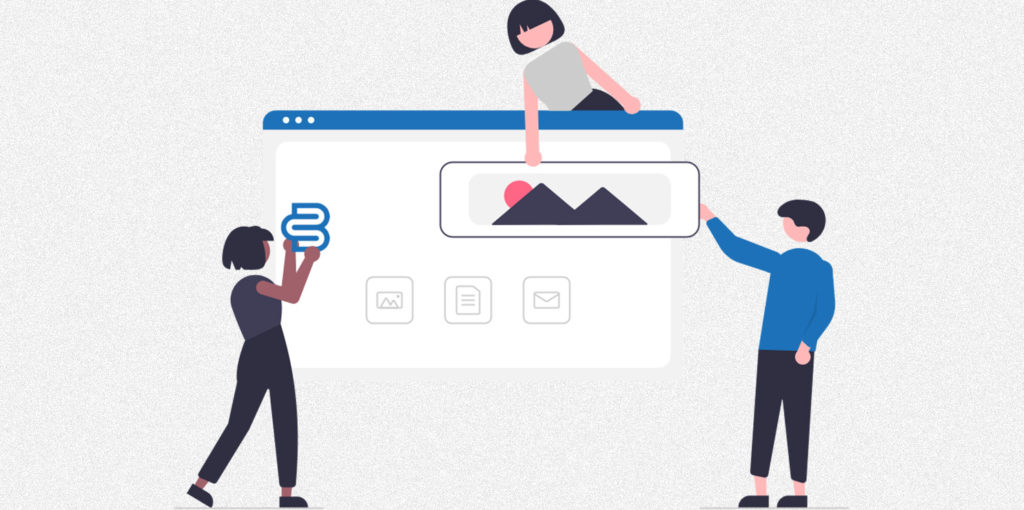Nail your Marketing Strategy With ABM
When planned and executed strategically, an account-based marketing (ABM) campaign can help your business close more big deals, increase revenue, and add valuable new logos to your book of business.
If you’re skeptical, take a look at these statistics:
- 76% of B2B marketers have agreed that ABM delivers a higher ROI than other marketing activities
- Companies that have adopted ABM reported an 84% improvement in reputation and an 80% improvement in customer relationships
- 58% of B2B marketers experienced larger deal sizes with ABM
- 84% of marketers said that ABM provided significant benefits in retaining and expanding the existing relationships of clients
So how can you achieve such type of results for your organization? We’ll uncover everything you need to know to create and run a successful ABM campaign along with examples.
Before we dive into the tactics you can implement to engage with today’s B2B SaaS buyers, let’s understand the difference between traditional marketing and ABM.
Traditional Marketing vs. ABM
In traditional marketing, the goal of a campaign is to get potential customers interested enough to enter the marketing qualified leads (MQLs) funnel. A wide net is cast, and fingers are crossed hoping that the marketing message will reach the right audience. This method is effective for B2C companies, but the B2B buyers’ journey is much different.
ABM marketing turns the traditional marketing funnel upside down. It begins with a compact list of target accounts within a market. and helps businesses work towards converting and expanding relationships with those accounts.
With ABM, all the energy is focused on converting and expanding relationships with accounts that have already been marked as ‘good.’ So, unlike traditional marketing, highly personalized marketing campaigns can be created that directly address the unique pain points and attributes of a business.
Types of Account-Based Marketing
There are three main types of ABM marketing types that depend on the number of accounts and the strategic and financial value of the accounts you want to target.
1. Strategic ABM (One-to-one)
Strategic ABM marketing is followed for current high-value accounts. This approach is followed by sales, marketing, and executive teams to strengthen business relationships with existing customers and to upsell or cross-sell products
- Number of accounts engaged – 1 to 5
- Marketing difficulty level – Hard
- Time duration – May need months to run a strategic ABM marketing campaign. Requires the most resources since marketers need to have a thorough understanding of customers’ unique needs.
- Budget – Requires a big budget since high-value existing customers are targeted
- Real-time example – GumGum, an applied computer vision company used the strategic ABM method to win over a business deal with T-Mobile. Their creative team spent months making a comic book called ‘T-Man and Gums’ to promote the mobile carriers’ unlimited data plan.
2. ABM lite (One-to-few)
ABM lite is used to target similar accounts that have similar challenges, objectives, and requirements. This method is used when focusing on small groups of target accounts rather than individual accounts. Through this method, you still get the option to create highly targeted messaging
- Number of accounts engaged – 10 to 30
- Marketing difficulty level – Medium
- Time duration – This does not need many resources compared to strategic ABM. Typically the sales and marketing team collects ideal customer profiles and segments them. Then, customized content is generated to target the groups based on their similar challenges and goals
- Budget – Flexible
- Real-time example – Form, a digital assistant wanted to improve the awareness of their product and how it could speed up data collection and improve communication for field workers. So they created a lead list targeting the pain points of their customers and developed custom interactive demos for each of those accounts. This led to a 33% increase in their conversion rate.
3. Programmatic ABM (One-to-many)
This third type of ABM tactic is used to target 20+ accounts based on customer demographic. CRM software such as Eloqua, Marketo, HubSpot, or Pardot, is used to group the accounts and target messaging based on the industry vertical.
- Number of accounts engaged – 30+
- Marketing difficulty level – Easier than the other tactics
- Time duration – Few weeks or a maximum of one month
- Budget – Does not require an extensive budget and resources
- Real-time example – PartnerStack, a partnership platform built for B2B SaaS companies created a hyper-personalized ABM video campaign for 100 accounts. Marketers recorded a video message to target accounts and promoted the videos on LinkedIn. One marketer even wrote a song. As a result of this campaign, 3 of those targeted accounts became their customers.
How to Create & Execute an Effective ABM Campaign For your SaaS Company in 2023?
Here are 5 simple steps you can follow to set up, launch, and evaluate your ABM campaign in 2023 and beyond!
1. Define your ABM goals
Before you embark on your ABM campaign, you need to find out what you’re trying to get out of the campaign. You need to outline your end goals, and then take the steps required to get there.
Common goals of an ABM campaign include,
- Launching a new product
- Running a competitive takeout
- Improving market share in an existing segment
- Increasing revenue from existing customers
- Reaching new markets, verticals, or segments
2. Identify your target accounts
You cannot run an ABM campaign if you don’t know which accounts you’re targeting. So you need to work closely with your sales team to get a defined set of target accounts.
Once you get the accounts, you can rank them based on lead-scoring tactics to identify accounts that will give a good conversion rate. Identifying target accounts will also help you create buyer personas within your target account and make your ABM efforts more ‘human.’
3. Choose metrics to track
Select the right KPIs and ensure all the stakeholders agree with the choice of the metrics. Some of the key metrics that need to be tracked in your ABM campaigns are,
- Influenced pipeline (Marketing programs or channels that influenced a lead)
- Deal close rate
- Content engagement rate of each account
- Pipeline velocity (Speed at which the qualified leads progress via a sales pipeline
- Sales cycle length
- Average deal size
- Content engagement rates
- Customer lifetime value
- Customer acquisition cost
Apart from these, you need to track the ROI and the revenue generated from your ABM campaign.
4. Create personalized content
When preparing for an ABM campaign, you need to create content that resonates with the decision-makers for your target accounts. The more personal and relevant the content the better. This article helps you learn more about creating ABM content strategy to create the kind of messaging that will align with your audience.
5. Launch & track your ABM
Now that you’ve prepared enough, it’s time to launch your ABM and move buyers through your marketing funnel. You also need to track the metrics based on each stage of the funnel. This article breaks down the funnel metrics that need to be measured to define success.
Plus, to make things easy you need to use the right tech stack to successfully execute ABM. Click here to learn more about the 70 different tools you can use to facilitate ABM.
How Blue Caffeine Can Help your SaaS Business Create an ABM Strategy?
Blue Caffeine is a Performance Marketing agency specializing in providing laser-focused ABM campaigns for the SaaS space.
We help build campaigns, content, and conversion funnels to create an ideal customer base for your business. Our work is measurable and concentrates on ROI rather than fluffy metrics. All the ABM campaigns we create, .
- Target the “right-fit” companies & accounts
- Helps acquisition of leads in decision-making roles
- Engaging paths that nurture, educate, and inspire
So, if you’re looking to expand in-house capabilities, or fully outsource your ABM efforts, Blue Caffeine is equipped with the right programs that fit your needs.
Want to know how we can accelerate your growth with a power-packed ABM campaign? Book a free consultation call with Blue Caffeine experts today!




